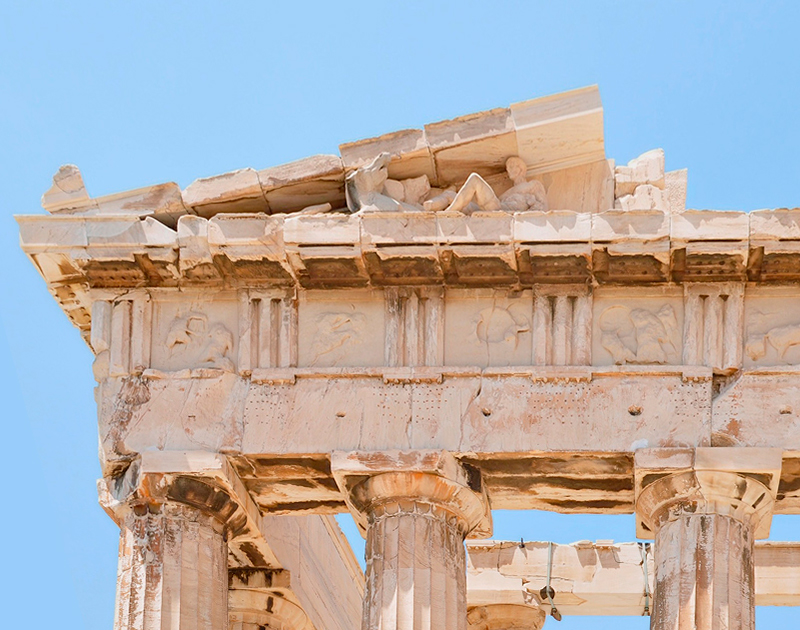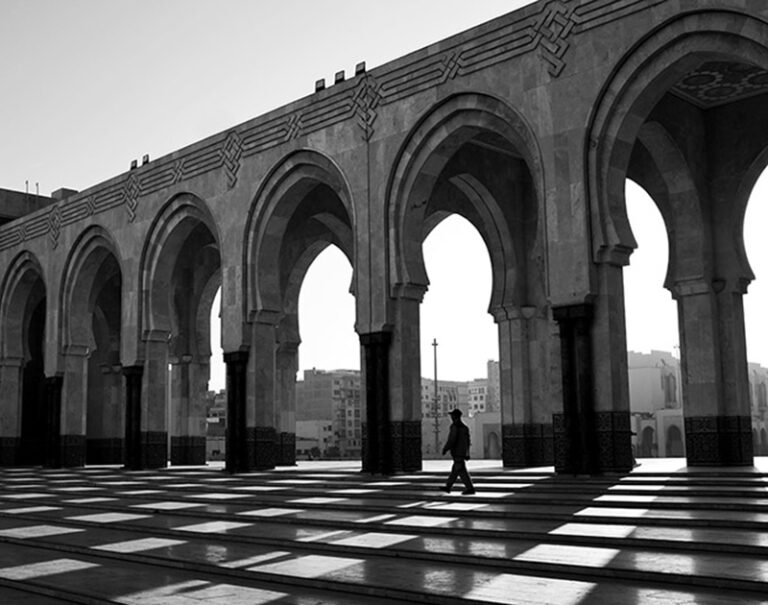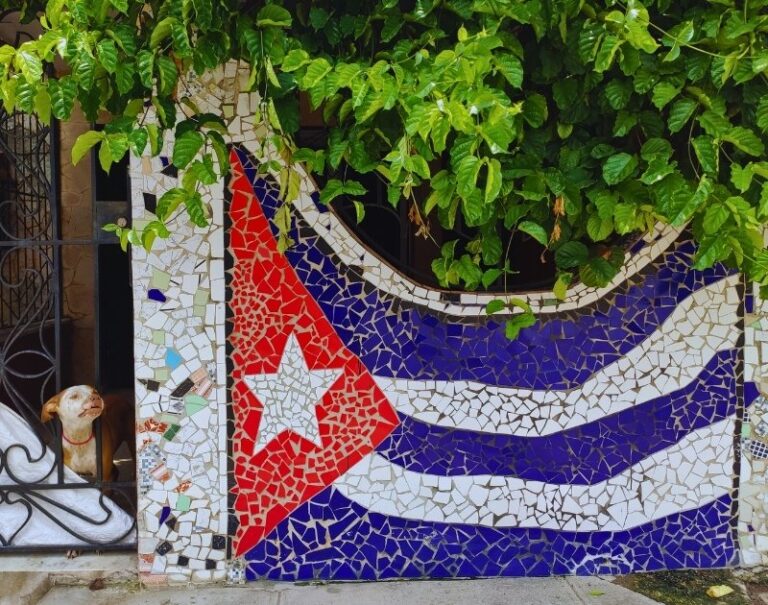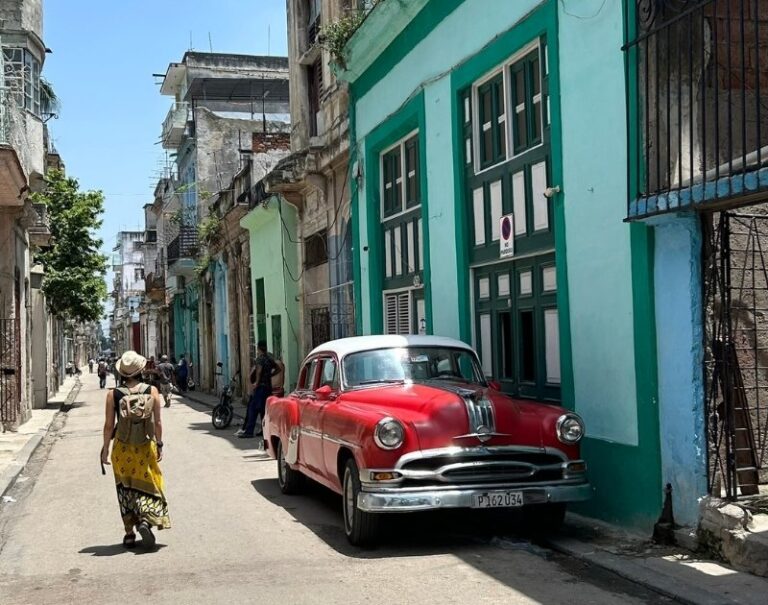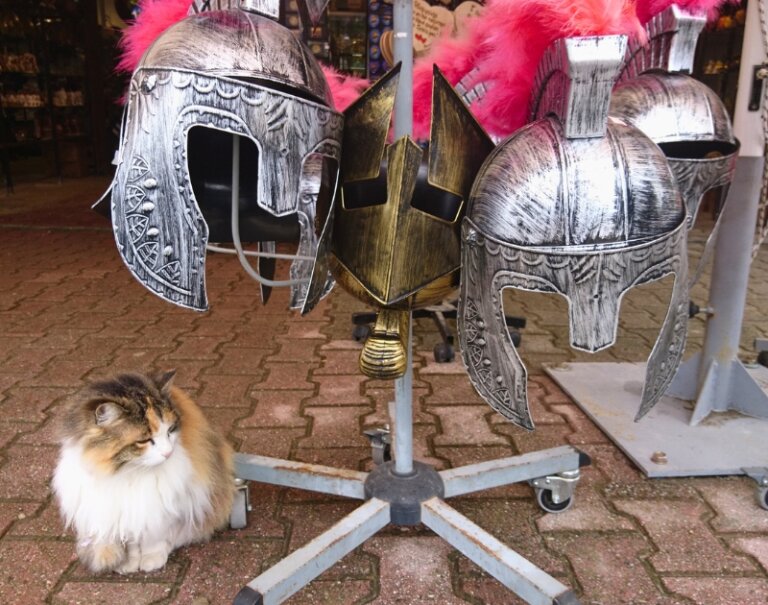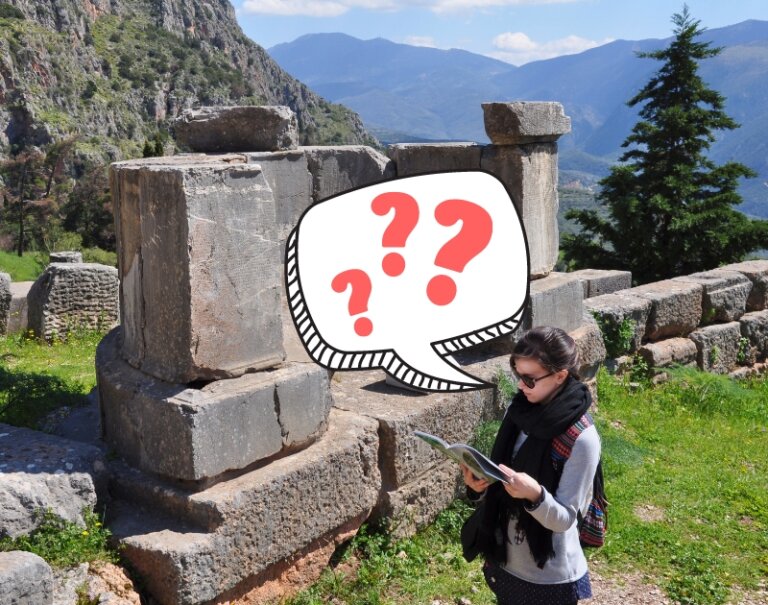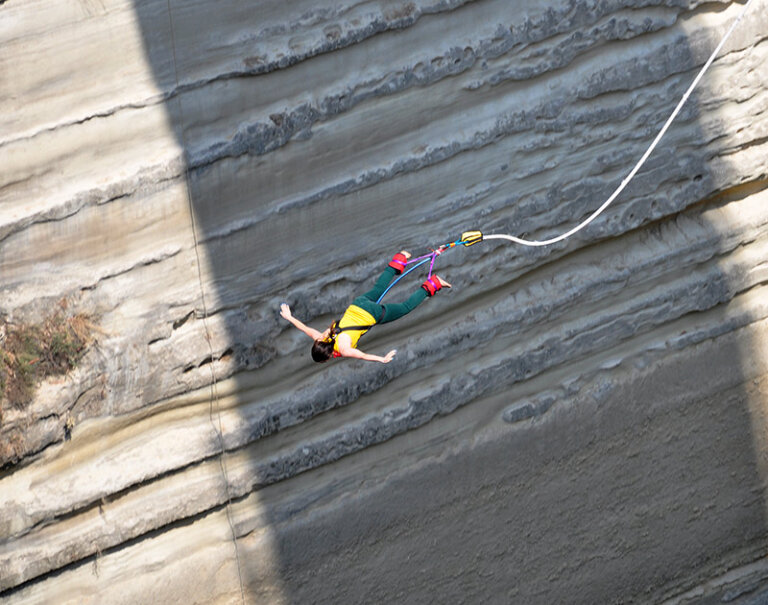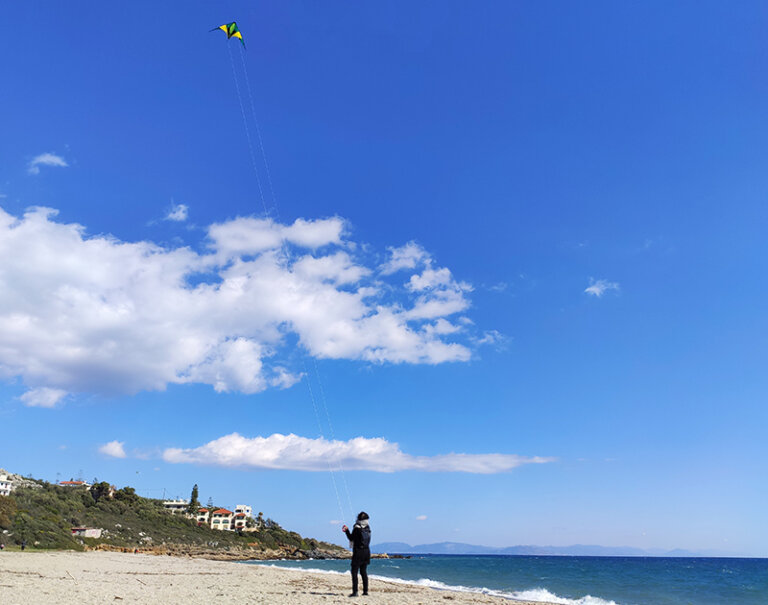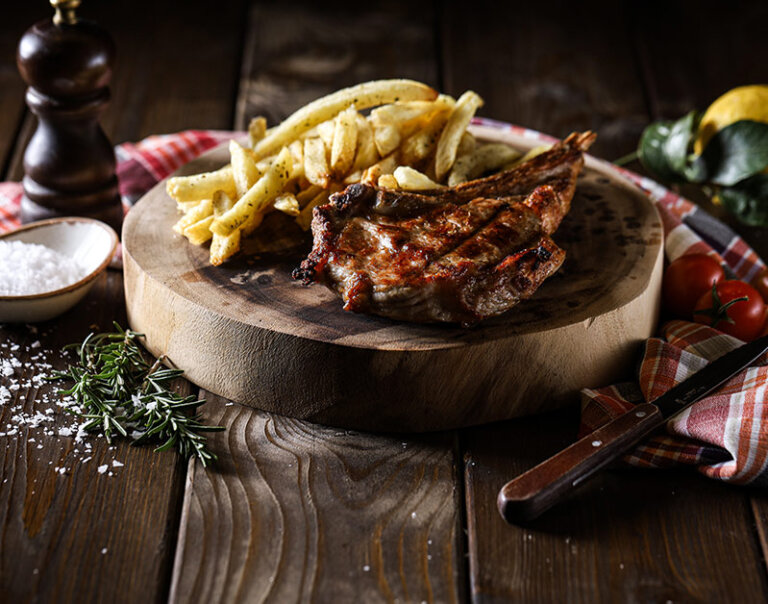Travel Blog
Sofia's Kaleidoscope
Reflections on Greek destinations, culture, history, and more!
Exploring Greece & the world…
one post at a time!
Featured!
Gyros: The Most Popular Greek Fast Food
You can’t experience Greece without eating a gyros wrap! What is gyros you ask? The most popular Greek fast food of course! Delicious and juicy, wrapped in pita bread filled with tzatziki sauce and more!

When to visit Meteora Monasteries?
When to visit Meteora Monasteries? Read more about what to expect each season when visiting Meteora in Greece, a UNESCO World Heritage Site with amazing natural beauty and important medieval history.
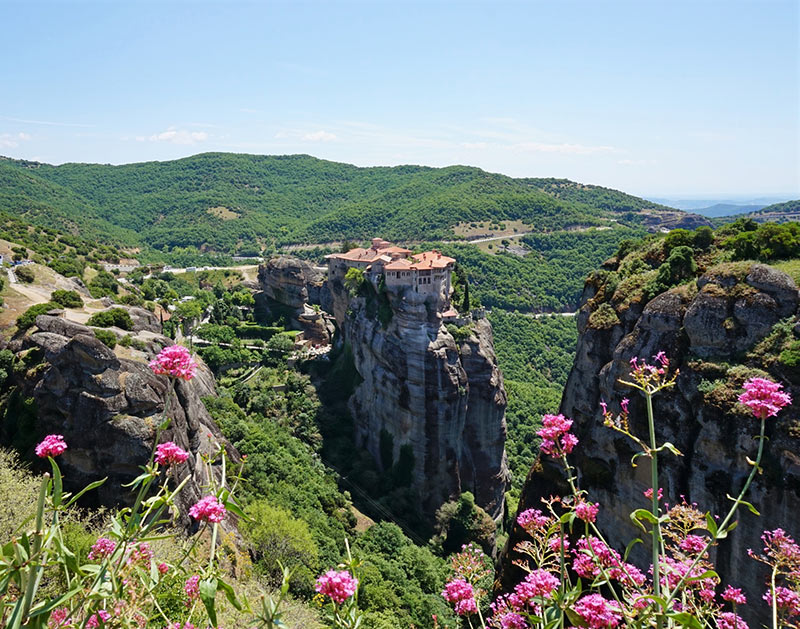
Top-10 Popular Greek Snacks you Should Try
Greek food and delicacies are known to be great. And they sure are! However, what about the snacks? What is something you can buy and actually bring back home with you? Here's a list with the Top-10 Popular Greek Snacks you should try when visiting Greece!

Acropolis of Athens: 10 tips for your visit!
Acropolis is one of the highlights of Athens! It’s an incredible ancient monument with rich history and it’s connected to fascinating stories from Greek mythology. If you’re planning on visiting check out these top-10 tips that will help you make the most of your visit.
